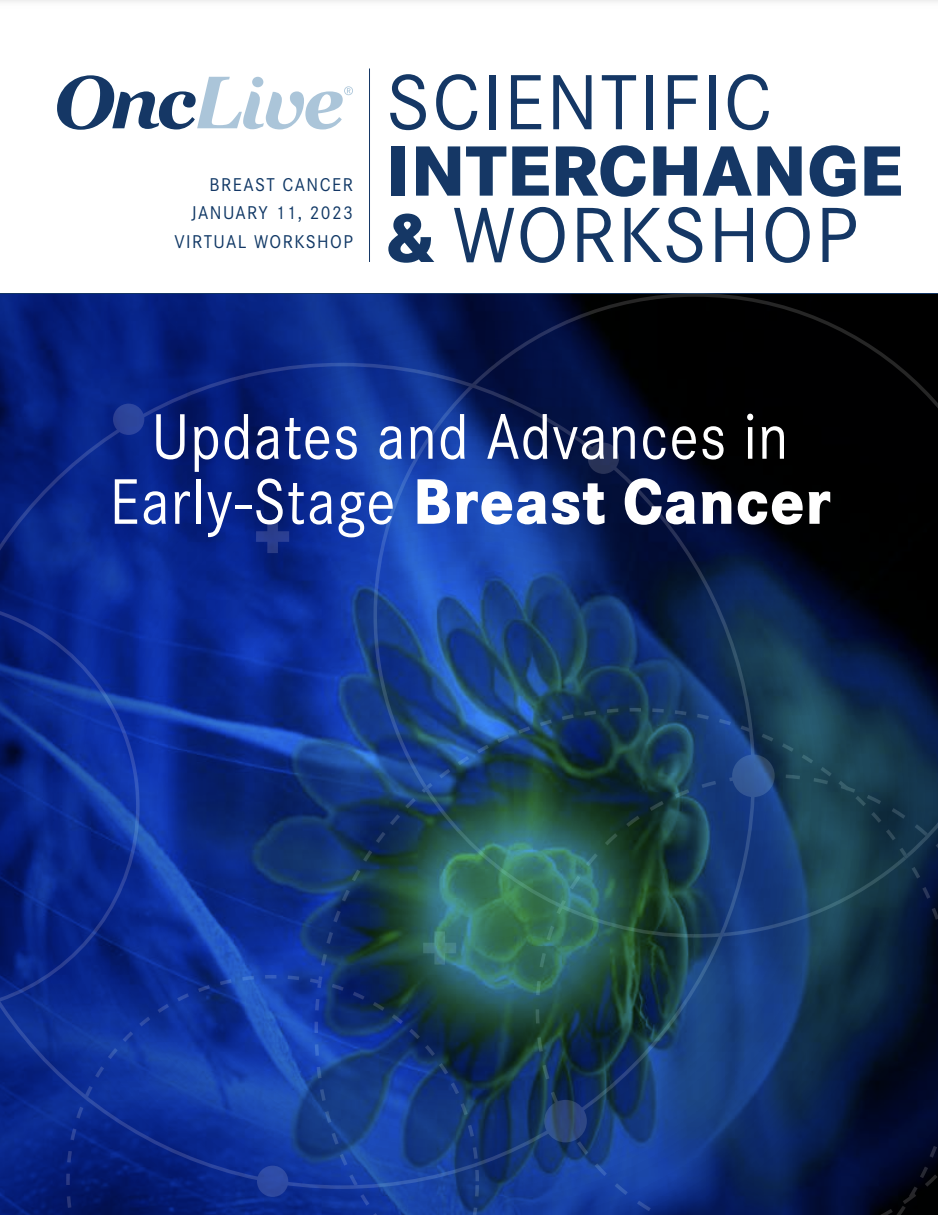Video
Experts on the Evaluation of CEACAM5-Targeted Therapy in NSCLC
Balazs Halmos, MD, Martin F. Dietrich, MD, PhD, Roy S. Herbst, MD, PhD, Suresh S. Ramalingam, MD, FACP, FASCO, Mark Socinski, MD, and Heather Wakelee, MD, FASCO, discuss the evaluation of CEACAM5 biomarker testing in non–small cell lung cancer.
Balazs Halmos, MD is a professor of Medical Oncology in the Department of Oncology, a professor of Oncology and Hematology in the Department of Medicine, and the chief of Thoracic Oncology at Albert Einstein College of Medicine, Montefiore Medical Center. Martin F. Dietrich, MD, PhD is a medical oncologist at Florida Cancer Specialists & Research Institute.
Roy S. Herbst, MD, PhD, is an ensign professor of medicine in Medical Oncology and professor of Pharmacology, the director of the Center for Thoracic Cancers, and the deputy director of clinical affairs and assistant dean for Translational Research at Yale School of Medicine, and the chief of Medical Oncology and associate cancer center director of Translational Science at Yale Cancer Center, Smilow Cancer Hospital. Suresh S. Ramalingam, MD, FACP, FASCO, is the director of the Lung Cancer Program at Winship Cancer Institute of Emory University, and a professor, assistant dean, Roberto C. Goizueta Distinguished Chair for Cancer Research, and director in the Division of Medical Oncology, Department of Hematology and Medical Oncology at Emory University School of Medicine.
Mark Socinski, MD, is a medical oncologist and executive director of the Thoracic Center at AdventHealth Cancer Institute. Heather Wakelee, MD, FASCO, is professor of medicine and chief of the Division of Oncology at Stanford University School of Medicine, the interim medical director of Stanford Cancer Center, deputy director of Stanford Cancer Institute, and president of the International Association for the Study of Lung Cancer.
Halmos, Dietrich, Ramalingam, Socinski and Wakelee explain that CEACAM5-targeted therapy shows great promise as a novel therapeutic alternative in NSCLC. However, CEACAM5-targeted therapy must prove more effective than its current second-line competitors to justify its use.
Moreover, the long-term management of treatment-related ocular adverse effects may lead to the partnership of community ophthalmologists. Despite the potential benefits of collaborating with ophthalmologists, this may lead to the complication of the treatment process. Ultimately, additional efficacy and safety data are needed to support the widespread adoption of CEACAM5-targeted therapy in clinical practice.









